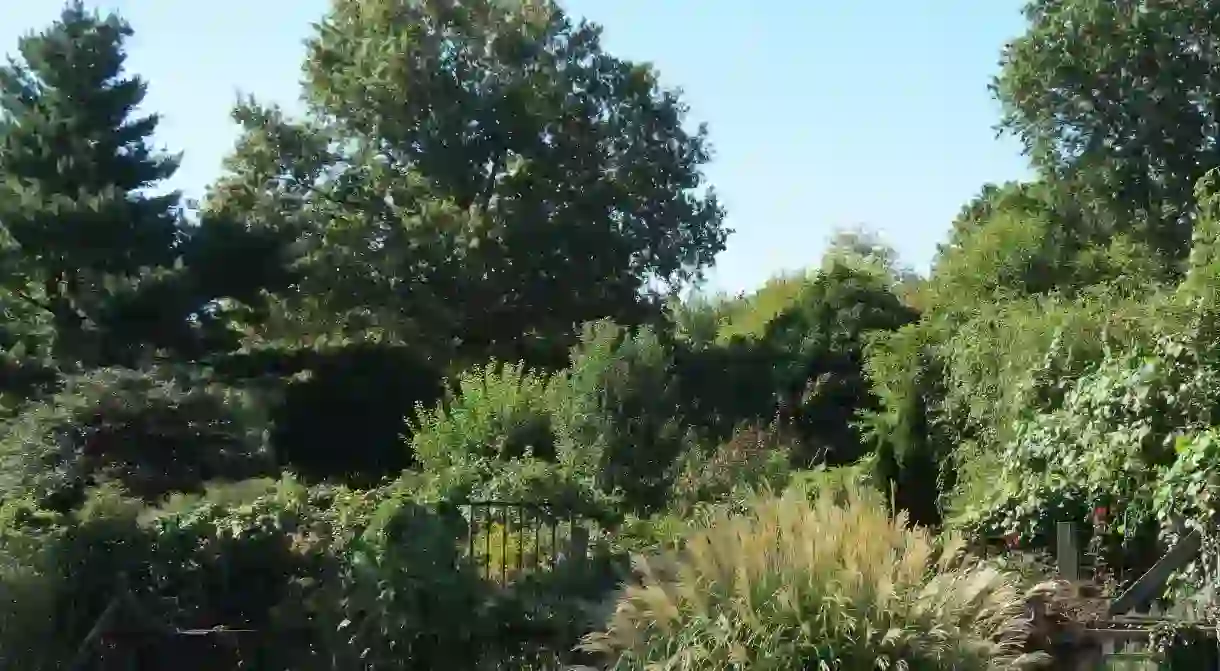Why Boston Is Leading The Nation In Sustainability

In the last decade or so the United States, along with the rest of the world, has begun to make serious efforts to combat the effects of climate change and adapt to damage already done. As shown by the recent United Nations COP21 Conference, leaders around the world are making serious efforts to reduce greenhouse gas emissions in order to avoid the doomsday scenario of a two-degree temperature increase.
Cities and towns are working on the local level to contribute to this worldwide goal. In recent years, Boston has repeatedly been called a leader in the world of sustainability, and multiple ‘green’ efforts have contributed to this title.

One of the most significant groups of actors in conservation and sustainability efforts is college students, and Boston has no shortage of them. Nearly every campus in the city has some sort of environmental program, whose goals range from implementing recycling on their respective campuses to ensuring all cafeteria scraps are recycled or composted. Whether or not students are directly studying the subjects of science and sustainability, many have worked to incorporate green measures at their colleges, and many of these measures have become green standards for schools across the city.
Boston is unique in the fact that it contains a significant amount of literal green spaces – otherwise known as parks. This only makes sense, as the city is home to the oldest public park in the country, the Boston Common, which continues to be a multi-use outdoor space. The Common is part of a much larger park system, the Emerald Necklace. Designed by Franklin Law Olmsted, who also designed Central Park in New York, the Emerald Necklace includes nine green spaces that make up a 1,100-acre chain through Boston and Brookline. These lush outdoor spaces are valued by Bostonians for a number of reasons, but they significantly improve the sustainability of the city. In addition, a recent movement to develop urban gardens in places ranging from alleyways to rooftops has added to Boston’s sustainability.

Boston’s buildings are serving as an innovative model for reducing carbon emissions and adapting to inevitable climate change. The late Mayor Tom Menino passed measures that all major projects must be LEED certified, and in 2014 the city put out a climate action plan. The plan’s goal is to reduce emissions by 25 percent by 2020 and 80 percent by 2050. The Emerald Necklace plays a large role here: trees absorb carbon, reducing excess emissions. But Boston’s buildings are also playing their part. Spaulding Rehab Hospital served as a model for both green building and implementing adaptation measures. It is LEED Gold certified and made simple changes to the way buildings have always been built, like putting the generators on the top floor in case of floods and creating a green space outside to absorb water from storm surges.

As seen in many other projects in the city, Boston has traditionally been a leader in innovation. Changes are being made throughout Greater Boston to increase sustainability. In Cambridge, students will ride electric buses this year as part of a pilot program. You can find Hubway bikes all over the area now, and the city is pushing to improve public transportation. Nearly every day, young students are collaborating to figure out the next step in improving sustainability, and, like many others before them, will test their ideas at home in Boston.













